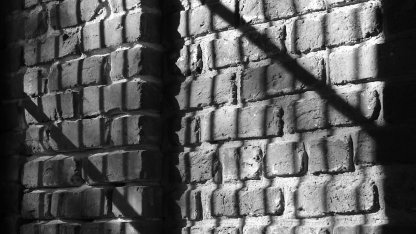When too many choices is bad for business. Lesson learned from an executive summary of Blink by Malcolm Gladwell…
Columbia University Professor Sheena Iyengar once conducted an experiment in which she set up a tasting booth with a variety of exotic gourmet jams at the upscale grocery store Draeger’s in Menlo Park, Calif. Sometimes the booth had six different jams, and sometimes Iyengar had 24 different jams on display. She wanted to see whether the number of jam choices made any difference in the number of jams sold. Conventional economic wisdom, of course, says that the more choices consumers have, the more likely they are to buy, because it is easier for consumers to find the jam that perfectly fits their needs.
But Iyengar found the opposite to be true. Thirty percent of those who stopped by the six choice booth ended up buying some jam, while only 3 percent of those who stopped by the bigger booth bought anything.
Why is that? Because buying jam is a snap decision. You say to yourself, instinctively, I want that one. And if you are given too many choices, if you are forced to consider much more than your unconscious is comfortable with, you get paralyzed. Snap judgments can be made in a snap because they are frugal, and if we want to protect our snap judgments, we have to take steps to protect that frugality.
See also a recent post from the Association Blog on the same topic.

